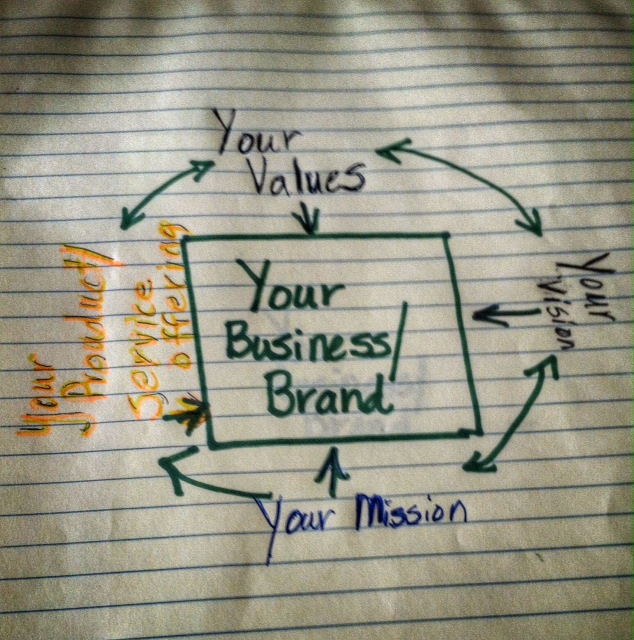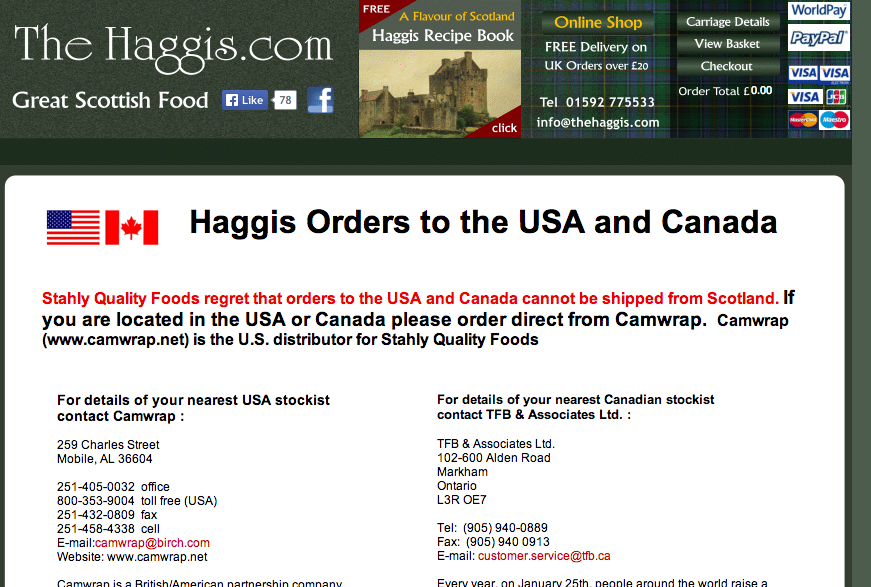How To Look Like a Recruitment Rockstar
According to Jobvite and its annual Social Recruiting Survey, social recruiting has become an essential HR practice with 92% of U.S. companies using social media to find new talent. By leveraging social for recruitment, you can position yourself as a rockstar saving both time and money and increasing your effectiveness while hiring. Here are six ways to deliver best-in-class results:
1. Have a Plan
Understand and know the persona of the typical candidate applying for a position at your company. Also, know what your company wants from a successful candidate. Relying on a job description that was based on the person in the role previously may not be the best option. Interview hiring managers to understand their current needs and develop the job description from that point going forward. Be sure to incorporate the latest details from the industry so that successful candidates will be challenged.
2. Know Your Audience
Candidates go online to search for job opportunities as opposed to old standard searches. Understand the search preferences and ensure that you use the right channels to share your job openings. Remember that mobile should be an important part of your strategy and toolkit. In 2014 and beyond, mobile is key to your recruitment efforts. If you fail to incorporate this, you will lose out.
3. Leverage Social Media
Be sure to have well thought out branded social channels. To be successful, you must have the appropriate resources to post information to these channels, and someone needs to be actively listening and responding to potential candidates. Information should be fresh and in line with your overall brand.
4. Leverage the Power of the Brand
Using branded social channels is only a part of the equation. The real power comes from the leveraging the power of your brand. As a result, we are seeing a significant trend towards marketing and Human Resource professionals working side-by-side versus being mutually exclusive. With the economy improving, Human Resource Practitioners are realizing that they are in a selling role. They need to be able to understand the brand value and what it means to be associated with the brand. Candidates increasingly want to work for organizations that are respected and trusted.
5. Unleash the Power of Employees
Give your employees both the power and the tools to share job vacancies with their friends and families. Jobvite will also confirm that employee referrals are the highest quality, lowest cost source of hires at any company. To be successful, this means that you must not only trust that your employees will utilize social media appropriately during work hours, but you must actually give them access to various social channels in order for them to share.
6. Understand the Numbers
LinkedIn alone has more than 200 million members in more than 200 countries. More than 2.6 million companies have pages set up on the network. Facebook has more than 1.11 billion active users and Twitter has more than 554 million active users. You can learn a lot about current trends and skill sets available in each of these channels. This will help you hone your search.
Want to learn more? Sign up for our newsletter at TaylorMade Solutions (insert “newsletter” into inquiry box)
A version of this post previously appeared on the salesforce.com blog.













